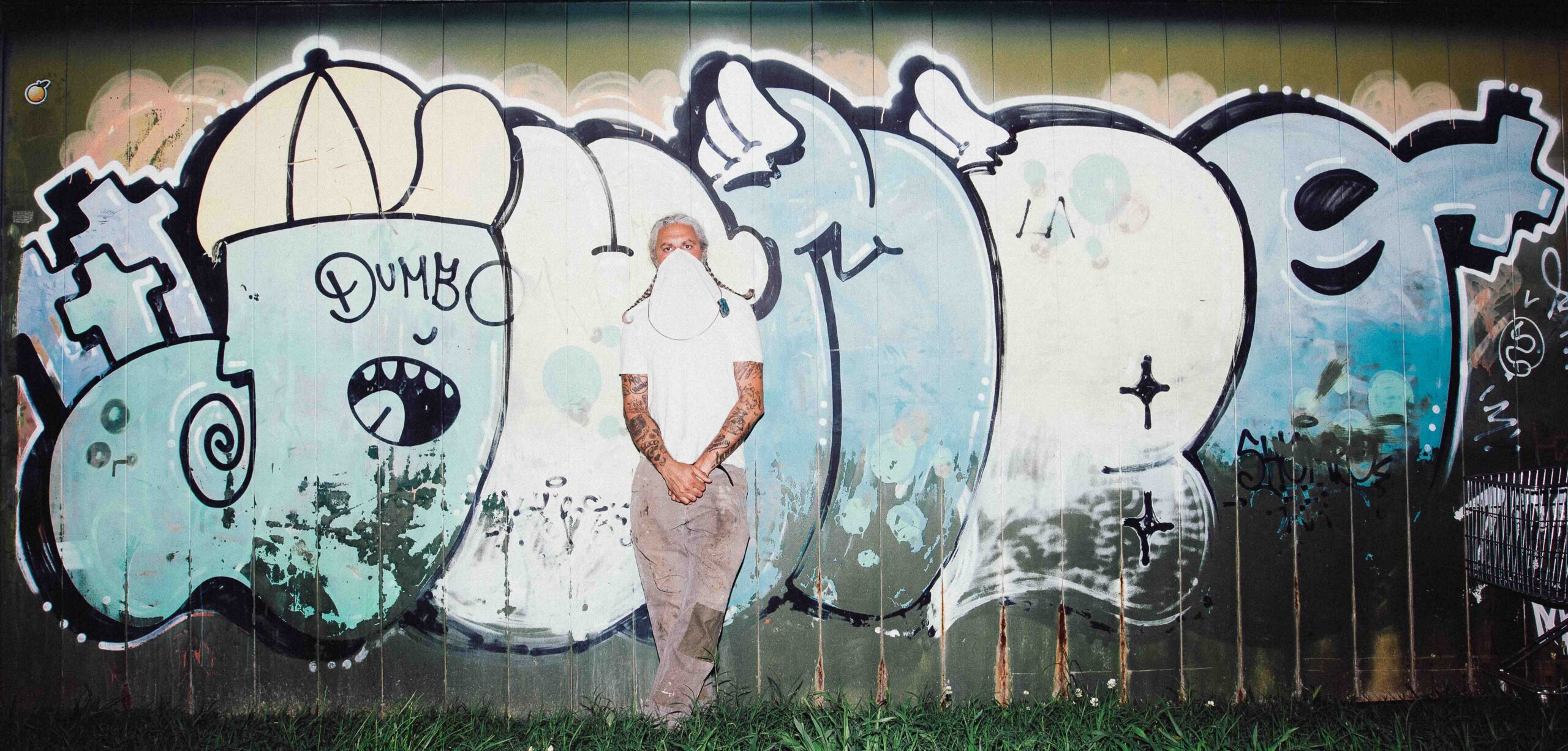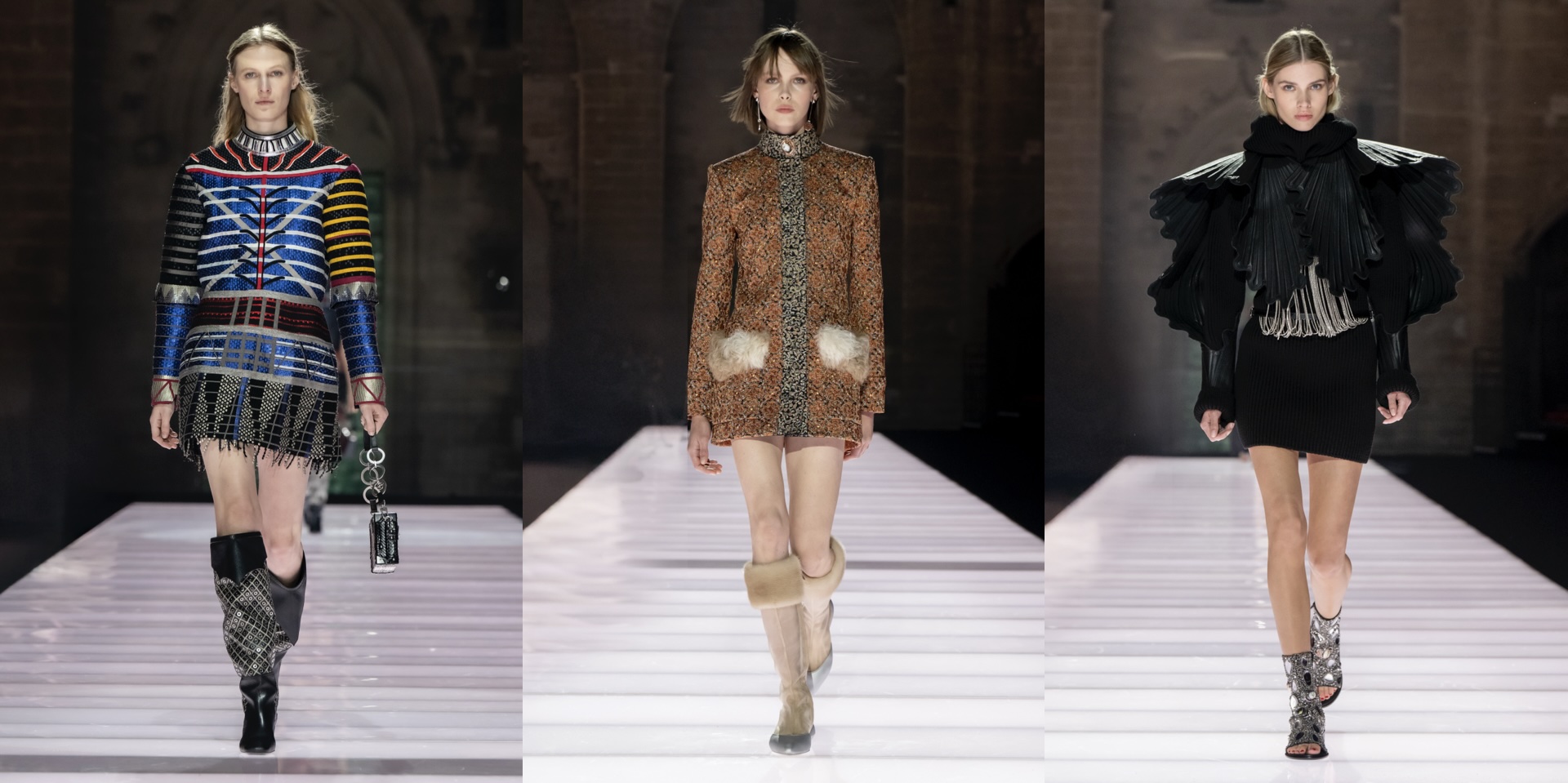The Genesis Exhibition: Do Ho Suh: Walk the House
Tate Modern, London
From May 1st until October 19th, 2025
If the house is the first body we inhabit after our own, then Do Ho Suh’s work is a radical anatomy of that instinct—a decades-long attempt to trace where we’ve lived, and what lives on in us. Not home as ownership, but home as imprint, a place where memory gathers in doorframes, settles in light switches, or flickers on the surface of a wall. Walk the House, now at Tate Modern, is Do Ho Suh’s largest exhibition in London in over twenty years. It is at once poetic, political, and personal – a reflection on what it means to carry your home with you, across time and geography.
“I’ve lived in many houses, and I’ve never really known which one was mine,” wrote Ettore Sottsass in Di chi sono le case vuote? (Whose Are the Empty Houses?) “But I remember exactly where certain lights were, certain smells, certain sounds, certain solitudes.” Do Ho Suh and Sottsass—though separated by time, culture, and medium—share a sensibility: the sense that home is built not from structure, but from repetition. In habits, fragments, in the furniture of feeling. Home, for both, is less a shelter than a language—fragile, internal, learned slowly.

opening image: Do Ho Suh, Nest/s, 2024.
At Tate, Do Ho Suh opens a geography of memory, homes stitched in translucent fabric, corridors that lead to places you’ve never been but somehow recall. Nest/s (2024) threads together pieces of Suh’s former dwellings—in Seoul, New York, London—while Perfect Home (2024) maps his current flat in London, furnished with echoes from the past. Doorbells, hinges, screw holes, the outline of a socket, each detail precisely re-created. Nothing, Do Ho Suh seems to say, is ever neutral. Everything carries a trace.
The title Walk the House comes from an old Korean expression linked to the hanok—traditional homes built without nails, designed to be disassembled, carried, and rebuilt elsewhere. Do Ho Suh transforms this into an emotional architecture. To “walk the house” means to inhabit it, to remember it, but also to let it go. His structures, ethereal and foldable, undo the Western notion of home as something fixed, owned, fortified. Instead, they suggest something more precarious and truer, that we dwell as we remember—partially, imperfectly, in motion.
“The space I’m interested in is not only a physical one, but an intangible, metaphorical, and psychological one. For me, space is that which encompasses everything.”
That delicacy surfaces powerfully in the Rubbing/Loving Project, where Suh wraps the walls of past homes in paper, rubbing every surface with graphite or pencil until its impression comes through. It’s an obsessive, loving act. In the process, Suh once lost his fingerprints. The memory rubbed so deeply into paper that it erased him, a little.
Yet Do Ho Suh’s work is not only personal. In videos like Robin Hood Gardens (2018), made using photogrammetry, he digitally captures soon-to-be-demolished buildings, treating the city like a living body, haunted by past lives and planned erasures. These works remind us that memory isn’t just a private act, but it’s something urban, collective, and often fragile.
Walk the House unfolds as something to be inhabited, not just seen. Its airy rooms hold our projections, our departures, our emotional relocations. They remind us that a house is not where you are, but where you’ve been—and that, as Sottsass suggested, houses never truly belong to us, they stay with us for a while, then drift on, gathering the memories of someone else.

For further information tate.org.uk.











